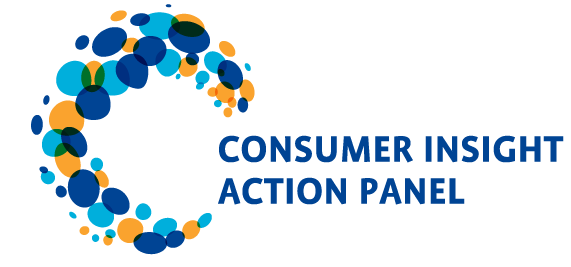The transition from a linear to a circular economy is one of the most important imperatives of our time, a transition that requires a fundamental change in the way we produce and consume. A circular approach to production and consumption reduces emissions and pollution, increases competitiveness, and boosts innovation – in short, it makes our economies and societies more sustainable and resilient for the future.
At a European level, the EU Green Deal sets an important strategic framework to guide, promote, and push towards a Circular Economy. The Circular Economy Action Plan entails initiatives along the entire life cycle of products in order to ensure that resources are kept in the EU economy for as long as possible. On top of making sustainable production a norm in the EU, the new action plan aims at fostering sustainable consumption specifically.
The Consumer Insight Action Panel – CIAP is a lighthouse initiative to foster circular behaviours at the European level. With its multi-stakeholder setup, CIAP supports the transition to circular economy by generating, applying and testing consumer behavioural insights in circular strategies for textiles, plastics and electronics. The core question that CIAP explores is: how to enable people to reuse, repair, share, recycle or lease easily and efficiently? A recent household waste analysis carried out as part of CIAP’s Plastic Club is a case in point about the way we integrate consumer behaviours and insights for more circularity. In the analysis we looked for cues about what triggers certain waste sorting behaviours but discourages others and share with producers as well as policy makers the relevant findings.
In the electronics sector, we focus on greater uptake of behaviours that support the lifetime extension of products, particularly take-back and repair practices for smart phones and tablets. As far as take-back ratios are concerned, we are still lagging behind for various reasons: awareness shortfalls, lack of trust in the process, missing social and financial incentives. Beyond investigating why certain consumer groups avoid take-back schemes, CIAP’s work consists of designing and testing interventions that lead to positive behaviour change. Concerning repair practices, we are testing aspects such as the impact of product repairability in purchase decisions, especially if corresponding labelling is applied across the full product range. The New Circular Economy Action Plan foresees special measures related to the ‘right to repair’ and countries such as France are already pioneering the way forward. From testing labels that inform consumers upfront on the repairability of a product through to designing clear and simple messages on the added value of repairing – we are looking for ways to extend the life of electronics.


